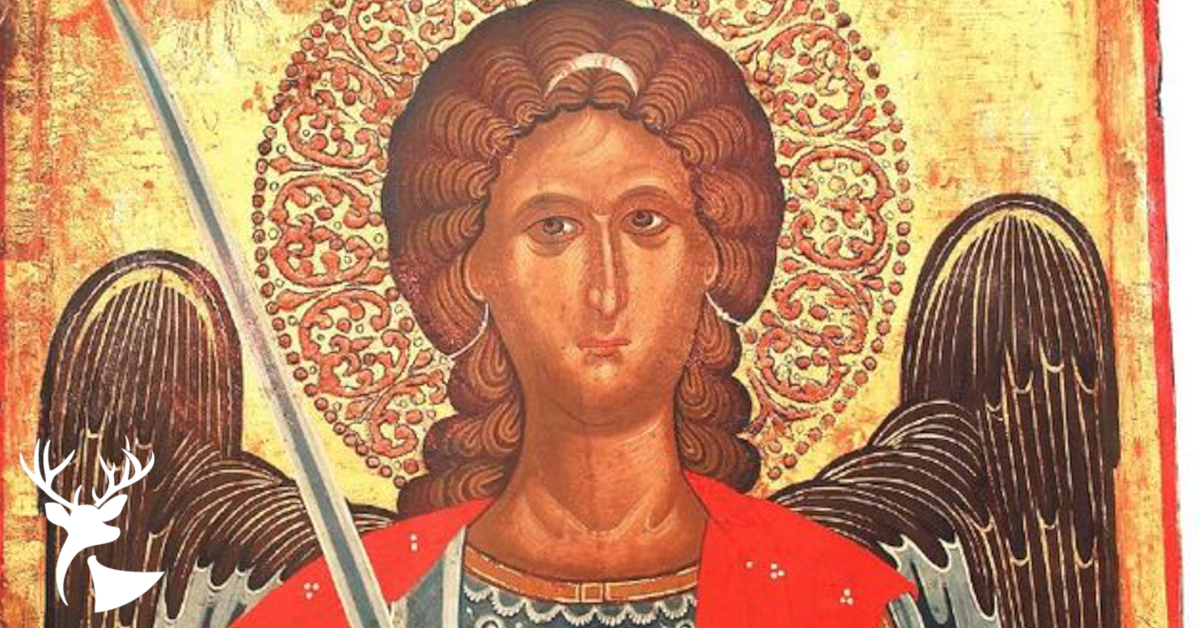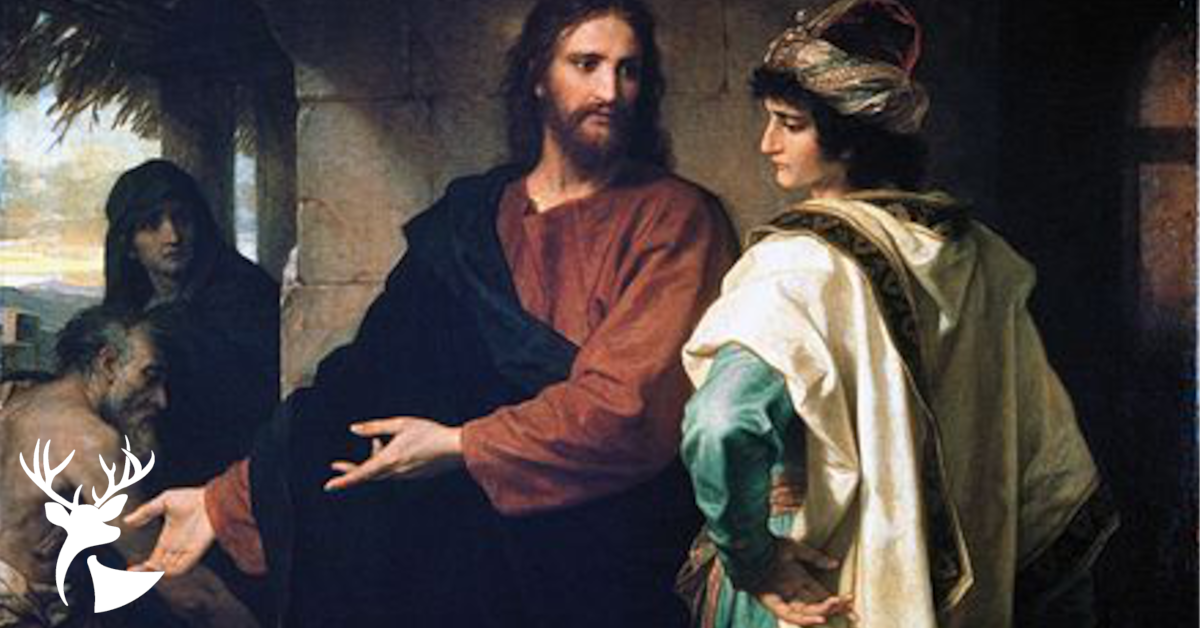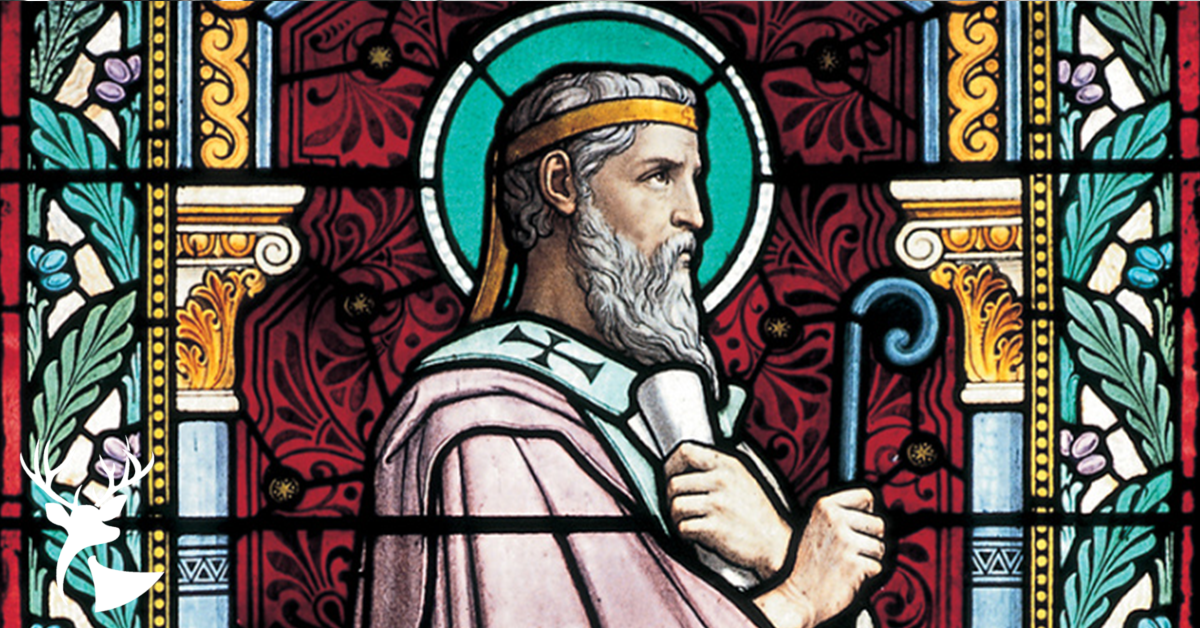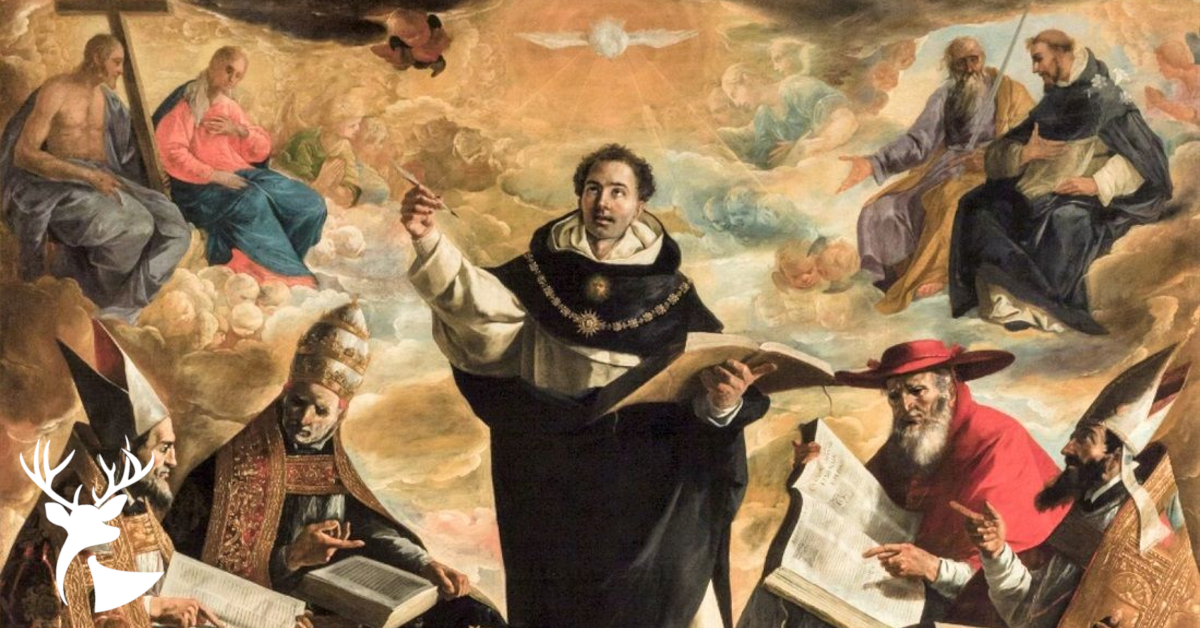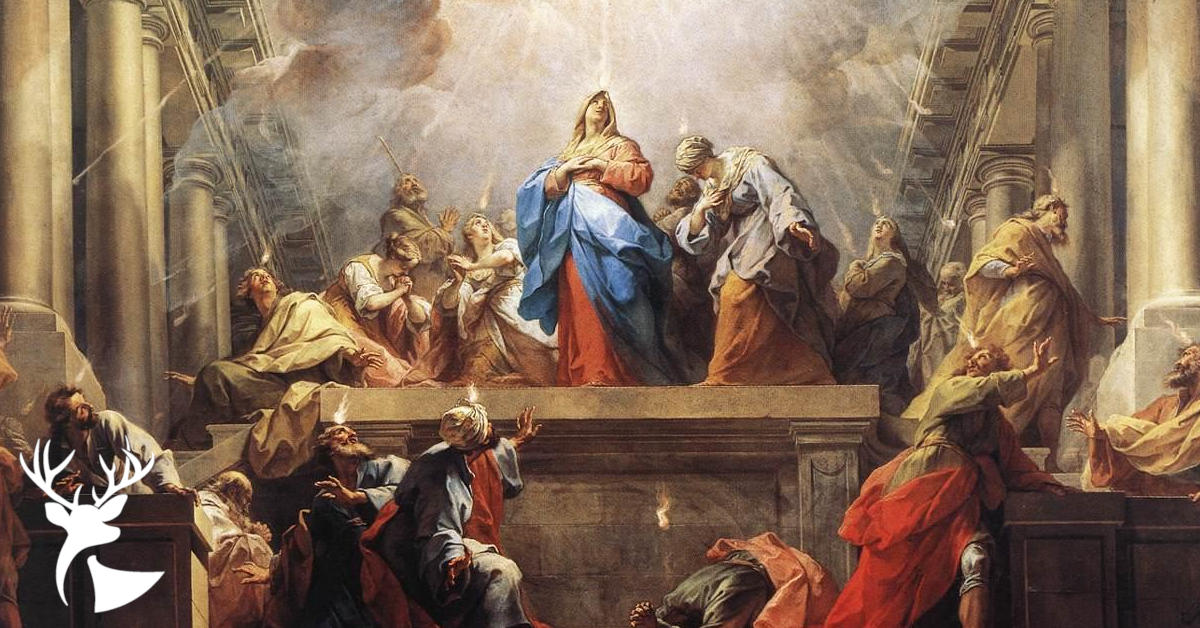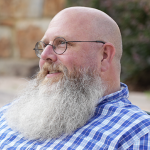
Joey Spencer is a Tutor for the Alcuin Institute for Catholic Culture, and serves as the Archivist for the Diocese of Tulsa.
Joey Spencer is a Tutor for the Alcuin Institute for Catholic Culture, and serves as the Archivist for the Diocese of Tulsa.
← Return to EssaysStay Connected!
As we prepare for the coming of Christ at Christmas, it seemed proper to spend some time with a few sermons of Saint Peter Chrysologus, particularly those dealing with the seasons of Advent, Christmas, and Epiphany.
Saint Peter Chrysologus was appointed Bishop of Ravenna by Pope Sixtus III sometime around the year 431. At the time, Ravenna was the political capital of the Western Roman Empire. According to the legend of the saint, the people of Ravenna had chosen their own man for bishop, but St. Peter the Apostle and St. Appolinaris had come to Pope Sixtus III in a vision and instructed the Pope to name Peter Chrysologus bishop. St. Peter Chrysologus was known for his gifts as a shepherd to his people and a preacher. Of his writings, there are 176 sermons attributed to his name as well as a pastoral letter written to the heretic Eutyches. It is believed by scholars that of the 176 sermons, 168 are authentic writings of the saint. He was proclaimed a Doctor of the Church in 1729 by Pope Benedict XIII.
Known as the Doctor of Homilies, as a preacher, St. Peter’s sermons were short. “He frequently stated that he did not want to weary his hearers by speaking too long.”[1] Even though his sermons were short, they were beautifully crafted and theologically rich, earning him the epithet Chrysologus or “the Golden Orator.” While Christianity had become the official religion under Emperor Theodosius the Great in the late fourth century, there were still many at the beginning of the fifth century who were influenced by the old pagan religions. The focus of most of St. Peter’s sermons was the moral conversion of his flock. That he truly cared for the people he shepherded, desiring their conversion and salvation, is apparent in the sermons. “You are my life, my saving encouragement, and my glory. Therefore, I cannot suffer you to remain ignorant of what God gave me to know.”[2] His passion was for saving souls and his gift was to be able to share in his sermons difficult theological ideas in an easily understood and pastoral manner.
Preface II in the Eucharistic prayer for the Mass of the Nativity of the Lord could be a description of St. Peter Chrysologus’ thoughts present in his sermons regarding the Nativity. It is a beautiful prayer reminding us that in Christ’s Incarnation there is not only the salvation of man, but also the restoration of the unity of all creation which was disordered with the first sin in the Garden.
For on the feast of this awe-filled mystery,
though invisible in his own divine nature,
he has appeared visibly in ours;
and begotten before all ages,
he has begun to exist in time;
so that, raising up in himself all that was cast down,
he might restore unity to all creation
and call straying humanity back to the heavenly Kingdom.[3]
With this prayer in mind, we can now turn to the words of St. Peter Chrysologus and see how he expresses the same themes in his homilies.
For Peter Chrysologus, the Incarnation of Christ is always an awe-filled mystery. This mystery begins with the Annunciation. In one of his sermons, Chrysologus ponders the meaning of the Archangel Gabriel’s words when he proclaims to Mary, “the Lord is with thee.” “‘The Lord is with Thee.’ Why is the Lord with you? Because He is coming to you not merely to pay a visit, but He is coming down into you in a new mystery, that of being born.”[4] In another sermon the great saint asks us to turn our thoughts to the mystery of Christ in Mary’s womb.
Then ponder this in your heart: Can you fathom the mystery of the Lord’s birth? Do you deserve to enter into the resting place of that bosom, where the heavenly King, with all the full majesty of His divinity, finds His repose? Ought you, as a rash witness with human eyes and bodily senses, to gaze on the virgin’s conceiving? Can you, as a bystander, contemplate with daring reverence the very hands of God fashioning for himself the holy temple of a body within the womb of the mother?[5]
In Mary’s womb God became flesh and blood and shared in our human nature while Mary became the tabernacle of Our Lord and the Mother of God.
In the Gospel of Matthew, we are told that “Jesus was born in Bethlehem, of Judea, in the days of Herod” (Matt. 2:1). Both Bethlehem and Judea are particular places, both of which can be visited today, while “in the days of Herod” allows us to pinpoint a particular time in human history. As Preface II states, at Jesus’ birth God appears visibly and enters into time. St. Peter Chrysologus expresses it beautifully when he says,
He who made man from undefiled earth, without any process of birth, He Himself by being born fashioned His human nature from an undefiled body. The hand which with dignity raised earth to our image also with dignity assumed flesh for our restoration.[6]
That Christ assumes flesh for our restoration is a direct reference to the Fall in the Garden.
The first man, Adam, the father of the race, the origin of all posterity, lost by his sin the good of nature, the freedom of his race, and the life of his offspring…. Thus it is that Christ was born to elevate those prostrate in an earthy seed up to a heavenly nature.[7]
In Christ’s Incarnation it is not just man who is restored, but all of creation is restored as well. In his sermons there is a cosmological view in which all of creation celebrates the coming of our Savior.
So, what God commands an angel relates. His spirit fulfills it and His power brings it to perfection. The virgin believes it, and nature takes it up. The tale is told from the sky, and then proclaimed from all the heavens. The stars show it forth, and the Magi tell about it. The shepherds adore, and the beasts are aware. As the prophet testified: “The ox knoweth his owner, and the ass his master’s crib.” [8]
All of creation participates and celebrates the Nativity of our Lord.
As we prepare for the coming of Christ this Christmas, let us remember that it is part of the mystery and beauty of the Church, that the same truth preached during Advent and Christmas by St. Peter Chrysologus in fifth century Ravenna, is the same truth our pastors will preach to us on Christmas day. “Today, Christ, who is the King of peace, has come forth with His peace and routed all discord, banished dissensions, and dissipated conflicts.”[9] May we all experience the peace of Christ who routes discord and dissipates conflicts this Christmas.
More Reading

Joey Spencer is a Tutor for the Alcuin Institute for Catholic Culture, and serves as the Archivist for the Diocese of Tulsa.
References & Footnotes:
[1] George E. Ganss, S.J., trans., St. Peter Chrysologus Selected Sermons and St. Valerian Homilies. (New York: Fathers of the Church Inc., 1953), 16.
[2] St. Peter Chrysologus, Selected Sermons, Sermon 147.
[3] The Roman Missal, (Chicago: Liturgy Training Publications, 2011), Preface II for the Nativity of the Lord.
[4] St. Peter Chrysologus, Selected Sermons, Sermon 140.
[5] St. Peter Chrysologus, Selected Sermons, Sermon 141.
[6] St. Peter Chrysologus, Selected Sermons, Sermon 148.
[7] St. Peter Chrysologus, Selected Sermons, Sermon 156.
[8] St. Peter Chrysologus, Selected Sermons, Sermon 141.
[9] St. Peter Chrysologus, Selected Sermons, Sermon 149.


